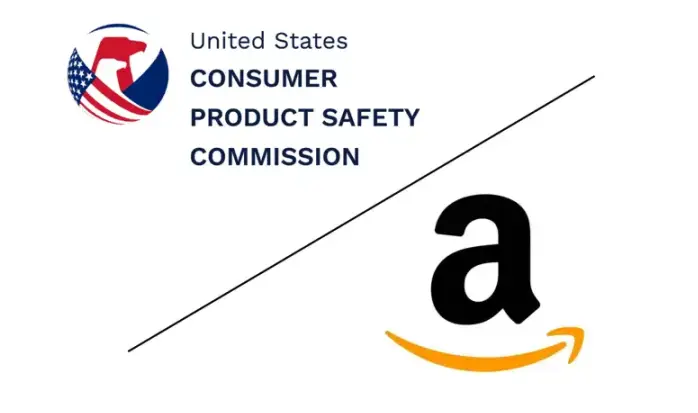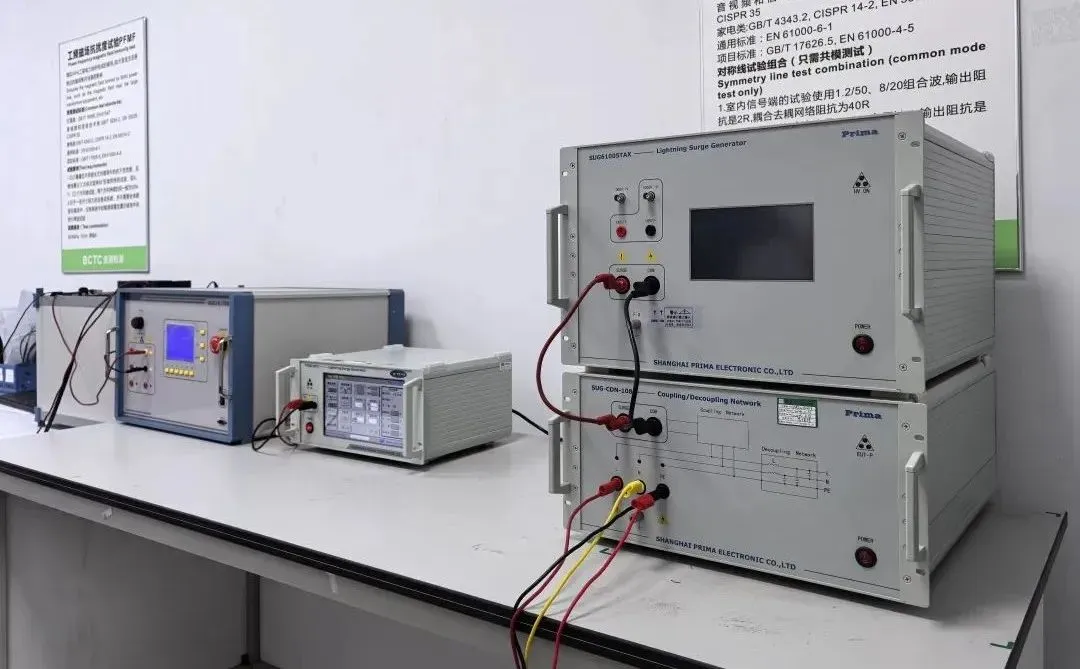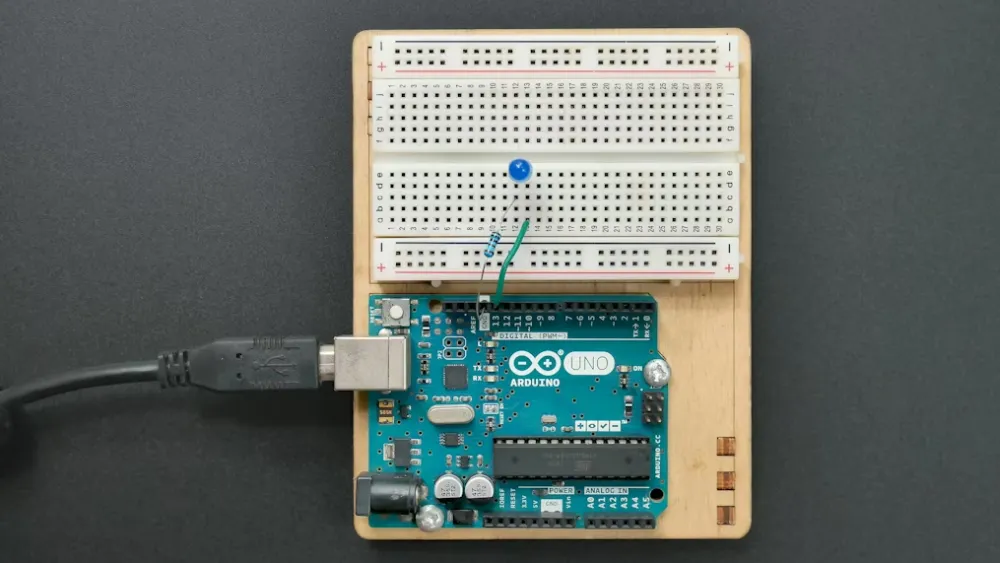
What Are the Safety Tests for Lithium Batteries?
As a highly efficient energy source, lithium batteries are widely used in various scenarios in modern society, such as electric vehicles, energy storage systems, and consumer electronics. Safety testing is a crucial step to ensure the safe and reliable operation of lithium batteries. So, what are the main test items? The following provides a detailed introduction:
1. Overcharge Test
Aims to evaluate the battery's safety performance under overcharging conditions. Overcharging can cause temperature rise, gas generation, and capacity degradation. For example, ul2054 requires that no fire or explosion shoULd occur during overcharge.
2. Overdischarge Test
Used to assess the battery's safety performance under over-discharge conditions. Issues such as voltage drop, temperature rise, and capacity loss may occur. iec 62133 requires no fire or explosion during over-discharge.
3. Short Circuit Test
Simulates accidental short circuits to evaluate the battery’s tolerance to short-circuit currents. The battery should not catch fire or explode, and its post-test open-circuit voltage should not fall below 90% of its nominal voltage.
4. Temperature Test
Assesses performance and safety under various temperature conditions, including high and low temperatures. For instance, IEC 62133 requires no fire or explosion under temperature extremes.
5. Mechanical Shock Test
Simulates impacts such as drops or collisions to assess safety. The test records deformation, voltage changes, and checks for fire or explosion.
6. Battery Pack Safety Test
System-level tests for battery packs include overcharge, overdischarge, short circuit, temperature, and mechanical shock tests. IEC 62619 requires no fire or explosion under extreme conditions.
7. Packaging and Transportation Safety
Batteries must meet safety requirements during packaging and transportation, including moisture and shock resistance. UL2054 mandates no fire or explosion during shipping.
8. Thermal Abuse Test
Evaluates safety at high temperatures (typically 130°C). The battery should not rupture, ignite, or explode.
9. Low Air Pressure Test
Simulates high-altitude, low-pressure environments to evaluate safety.
10. Internal Short Circuit Test
Checks if the Battery Management System (BMS) effectively prevents internal short circuits.
11. Thermal Propagation Test
Evaluates whether thermal runaway in a single cell will spread to the entire battery system.
12. Laser-Induced Thermal Runaway Test
Simulates extreme high-temperature behavior. Adjacent cells must not ignite.
13. Battery Management System (BMS) Functional Tests
Includes tests for overvoltage protection, overcurrent protection, overheat protection, and thermal propagation resistance to ensure the BMS functions effectively in abnormal conditions.
14. Vibration Test
Simulates vibration conditions during transport or usage to evaluate performance and durability.
15. Nail Penetration Test
Uses sharp objects to puncture the battery, testing the separator’s puncture resistance—critical for safety.
16. Drop Test
Simulates a battery drop from a certain height onto a hard surface to evaluate structural integrity and safety. Post-test checks for damage, leakage, or fire.
17. Crush Test
Evaluates safety under mechanical compression, simulating real-world pressure scenarios. Observations include deformation, voltage changes, and any fire or explosion.
18. Battery Film Puncture Test
Tests the puncture resistance of the battery separator, crucial for improving safety.
19. Technical Specification for Battery Module Testing Systems
Defines terms, technical requirements, and test methods for lithium-ion battery module testing systems, applicable to EV battery packs and systems.
20. Performance Test Methods for Lithium-ion Batteries for Electric Vehicles
Specifies electrical performance test methods for EV lithium-ion batteries, including high-power and high-energy testing protocols.
21. Safety Requirements and Test Methods for Lithium Batteries for Power Storage
Outlines safety requirements and test methods for lithium batteries used in power storage, covering cells and modules.
22. Safety Requirements for Moving Parts of Battery Systems
Includes anti-pinch and anti-misoperation features, especially for forklifts, AGVs, etc.
23. Electromagnetic Compatibility (EMC) Requirements
Battery systems should comply with IEC 61000 to avoid malfunctions caused by electromagnetic interference.
24. Battery Systems Must Be Equipped with Keys or Locking Devices
To prevent accidental operation by non-professionals.
25. Reliable Insulation and Protection for Live Components
Ensures safety by protecting terminals, wires, and other live parts from accidental electric shock.
These safety tests help ensure the reliability and safety of lithium batteries across different application scenarios and provide standardized guidance for safety evaluations.
Email:hello@jjrlab.com
Write your message here and send it to us
 Infant Support Pillow 16 CFR 1243/1242 & ASTM
Infant Support Pillow 16 CFR 1243/1242 & ASTM
 BRM Registration Card Under CFR Part 1130 Regulati
BRM Registration Card Under CFR Part 1130 Regulati
 How to get a D-U-N-S® Number for US FDA Registrati
How to get a D-U-N-S® Number for US FDA Registrati
 Household Massage Devices Compliance in the China
Household Massage Devices Compliance in the China
 Compliance for the Global In Vitro Diagnostic (IVD
Compliance for the Global In Vitro Diagnostic (IVD
 Compliance Guide for Nebulizers in European and Am
Compliance Guide for Nebulizers in European and Am
 Cybersecurity Certification Service for EU RED Dir
Cybersecurity Certification Service for EU RED Dir
 ANATEL Certification Compliance Guide for Brazil M
ANATEL Certification Compliance Guide for Brazil M
Leave us a message
24-hour online customer service at any time to respond, so that you worry!




